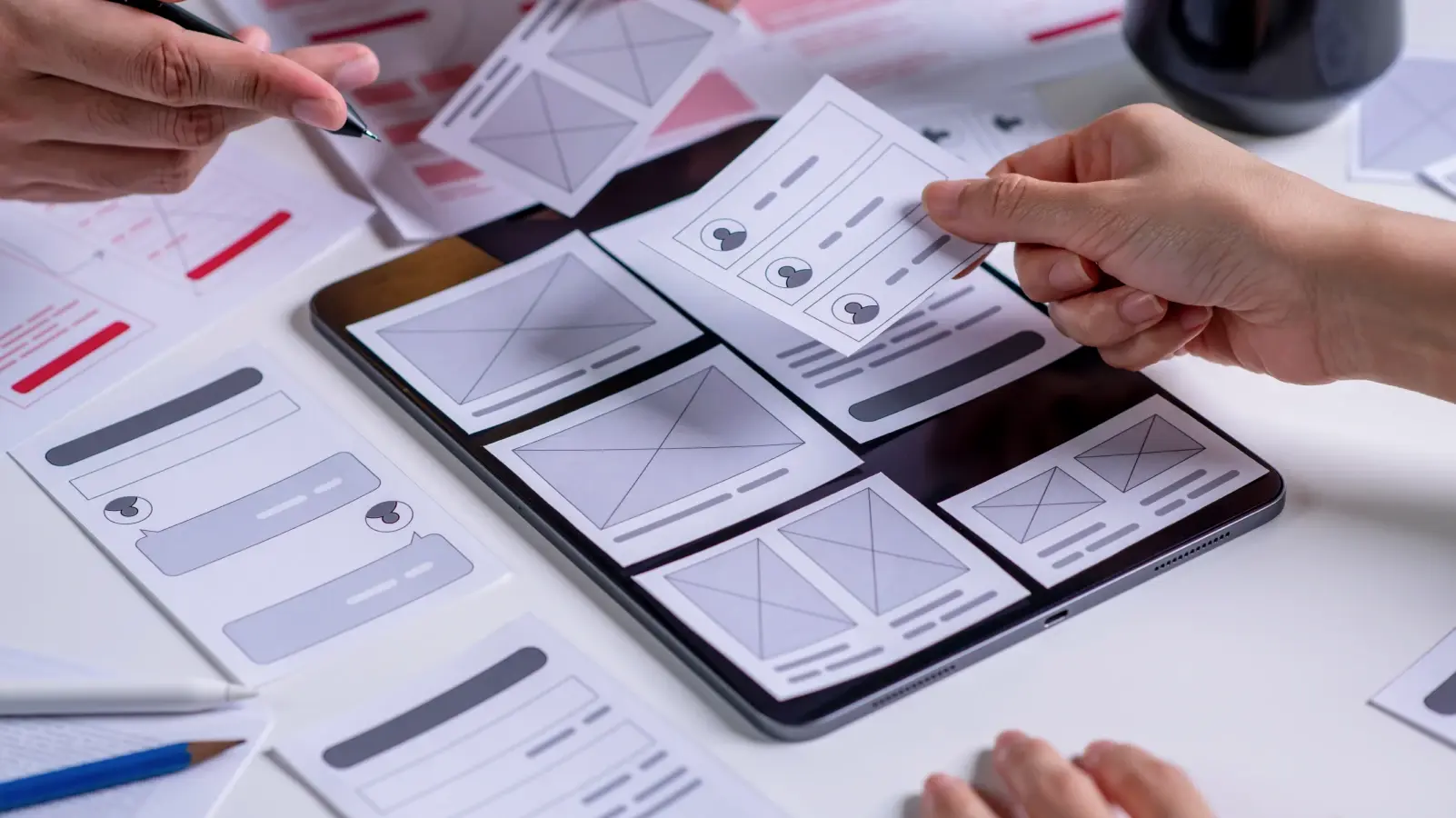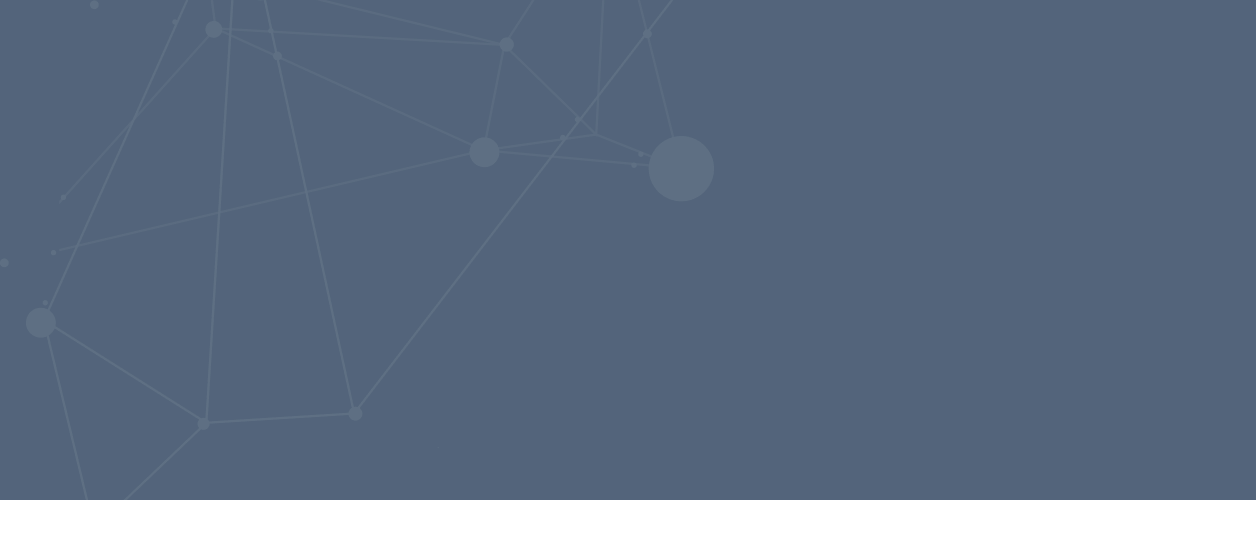Data Visualization
What is Data Visualization?
 According to Gartner, “data visualization is a way to represent information graphically, highlighting patterns and trends in data and helping the reader to achieve quick insights. It enables the exploration of data via the manipulation of chart images, with the color, brightness, size, shape and motion of visual objects representing aspects of the dataset being analyzed.”
According to Gartner, “data visualization is a way to represent information graphically, highlighting patterns and trends in data and helping the reader to achieve quick insights. It enables the exploration of data via the manipulation of chart images, with the color, brightness, size, shape and motion of visual objects representing aspects of the dataset being analyzed.”
Data visualization goes beyond the simple charts and graphs many of us are familiar with, and makes it easier to digest and understand large amounts of information or complicated processes. It’s especially useful with big data and data reporting.
Common Types of Data Visualization
There are many ways to illustrate data, but some of the most common include:
- Scatter Plots
- Pie Charts
- Histogram
- Heat Map
- Bubble Chart
- Waterfall Chart
- Line Chart
- Radar Chart
- Sankey Diagram
- Gantt chart
- Alluvial Diagram
- Dot Distribution Map
- Word Cloud
- Bar Chart
- Circle View
How Can Businesses Benefit From Data Visualization?
 Data visualizations typically fall into one of two categories: they’re either explaining a process or structure, or they’re making large amounts of data digestible and consumable so any existing trends or relationships become clear.
Data visualizations typically fall into one of two categories: they’re either explaining a process or structure, or they’re making large amounts of data digestible and consumable so any existing trends or relationships become clear.
If you’ve ever seen a flowchart of a complex process, such as a lengthy regulatory or permitting process, you’ve seen the first type of visualization.
And if you’ve ever built a presentation showing the percentage of leads that convert or drop off in each stage of the sales funnel, you’re probably familiar with the second type of visualization, too.
For many organizations, that’s as far as their use of data visualization goes. They use it to process and understand complex information more easily — which is no small thing. But what they fail to capitalize on is data visualization’s power to uncover links between business performance and operations or marketing initiatives. Visualization has the ability to reveal where steps should be taken to improve weak spots, as well as where companies should continue to optimize strengths.
How Can My Company Start Using Data Visualization?
One of the easiest ways to take advantage of data visualization benefits is to ensure your centralized database offers dashboards. Dashboards are a convenient way to present visualizations of data relevant to your users, while leaving out distracting metrics unrelated to their work. Curated data dashboards allow your staff and stakeholders to see any major trends in their department at a glance, whether they’re related to operations, accounting, sales, marketing, IT or HR.

“We aim to build things right the first time. You deserve peace of mind, so we guarantee our work. Period.”
- Dan Reynolds, Founder We Build Databases -
Before we write a single line of code, we make sure we understand your data challenges so we can build a solution that meets your specific needs. From the software look and layout to the coding and the framework that supports it.






























